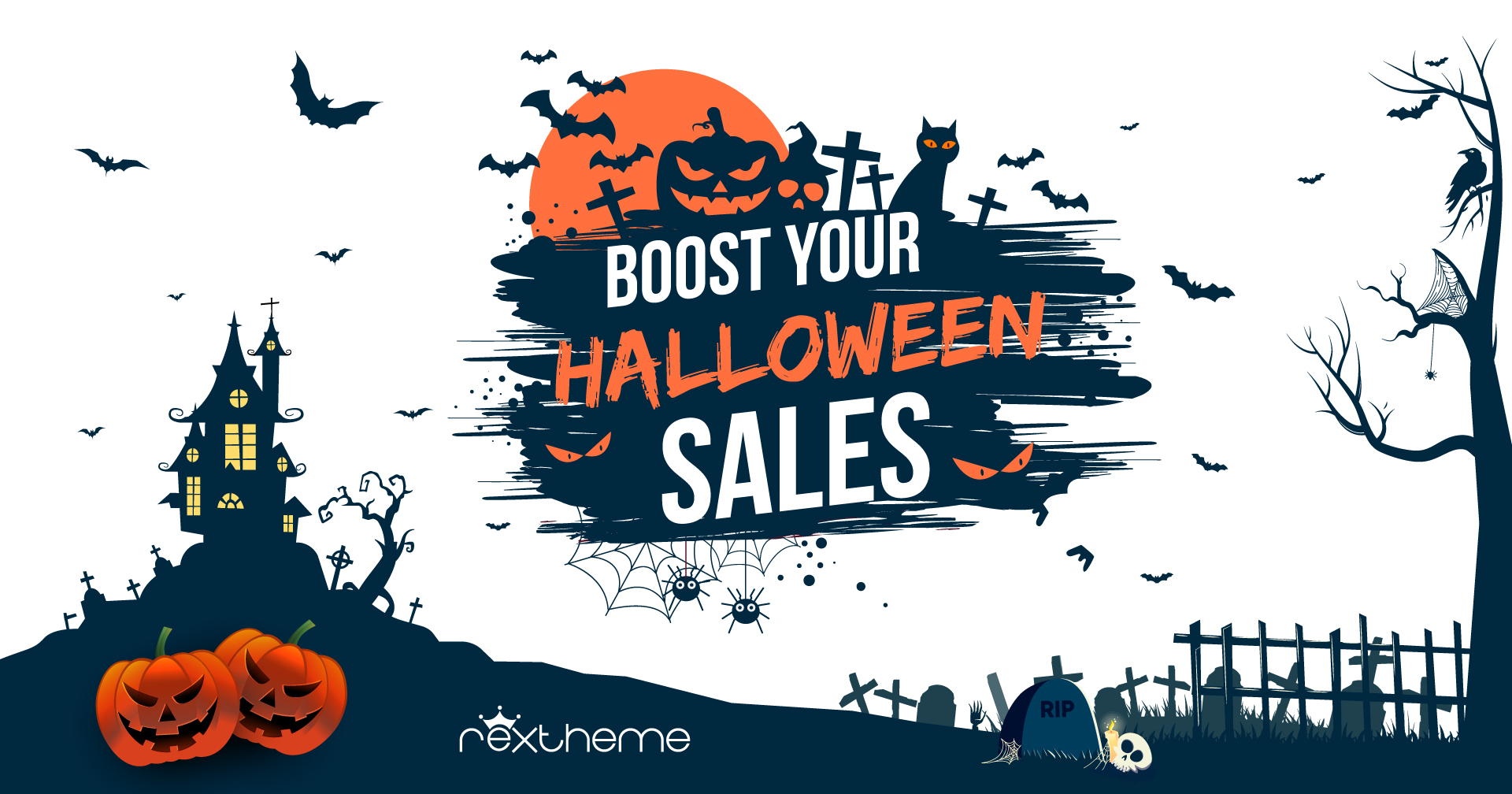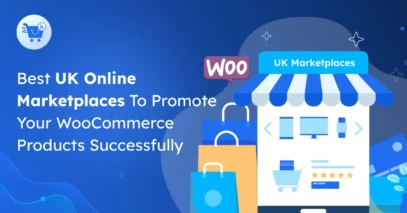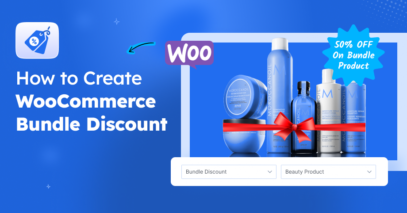Most store owners think the hard part is getting someone to buy.
But in my experience, the tricky and often overlooked part comes right after that first sale. You’ve got a new customer in your hands, and if you don’t engage them thoughtfully, they might never come back.
Post purchase marketing is simply about paying attention to that moment. It’s not about bombarding your customer with random emails or discounts. It’s about making small, meaningful gestures that encourage them to return, try something new, or even tell their friends about your store.
By doing this thoughtfully, you can-
- Get customers to buy from you again
- Increase the amount they spend each time
- Build trust so they feel good coming back
In this guide, I’m sharing 7 practical post purchase marketing tips that can make post purchase marketing a real growth lever for your store.
Let’s get started.
TL;DR – 7 Post Purchase Marketing Strategies for eCommerce
Turn one-time buyers into repeat customers and boost revenue with these strategies:
– Bundle with Discount
– Complementary Product Upsells
– Conditional Offers Based on Cart Value
– Time-Specific Discounts
– Cheapest Product in Cart Discount
– Customer-Based Discounts
– Clear Old Stock with Post-Purchase Offers
Key takeaway: Focus on post-purchase interactions that add value and encourage repeat buying.
What Is Post Purchase Marketing?
When someone buys from your store, most people just move on to the next sale. But the truth is, the real opportunity is after the purchase.
Post purchase marketing is simply the ways you connect with your customers after they buy, so they feel valued, keep coming back, and even spend more.
Think about this: a customer just bought a set of wireless headphones from your store. Instead of leaving them alone, you could send an email a day later with tips on getting the best sound quality or a quick guide on pairing with different devices. A few days after that, you could offer a discount on a headphone case or Bluetooth speaker, or something that naturally complements their purchase.
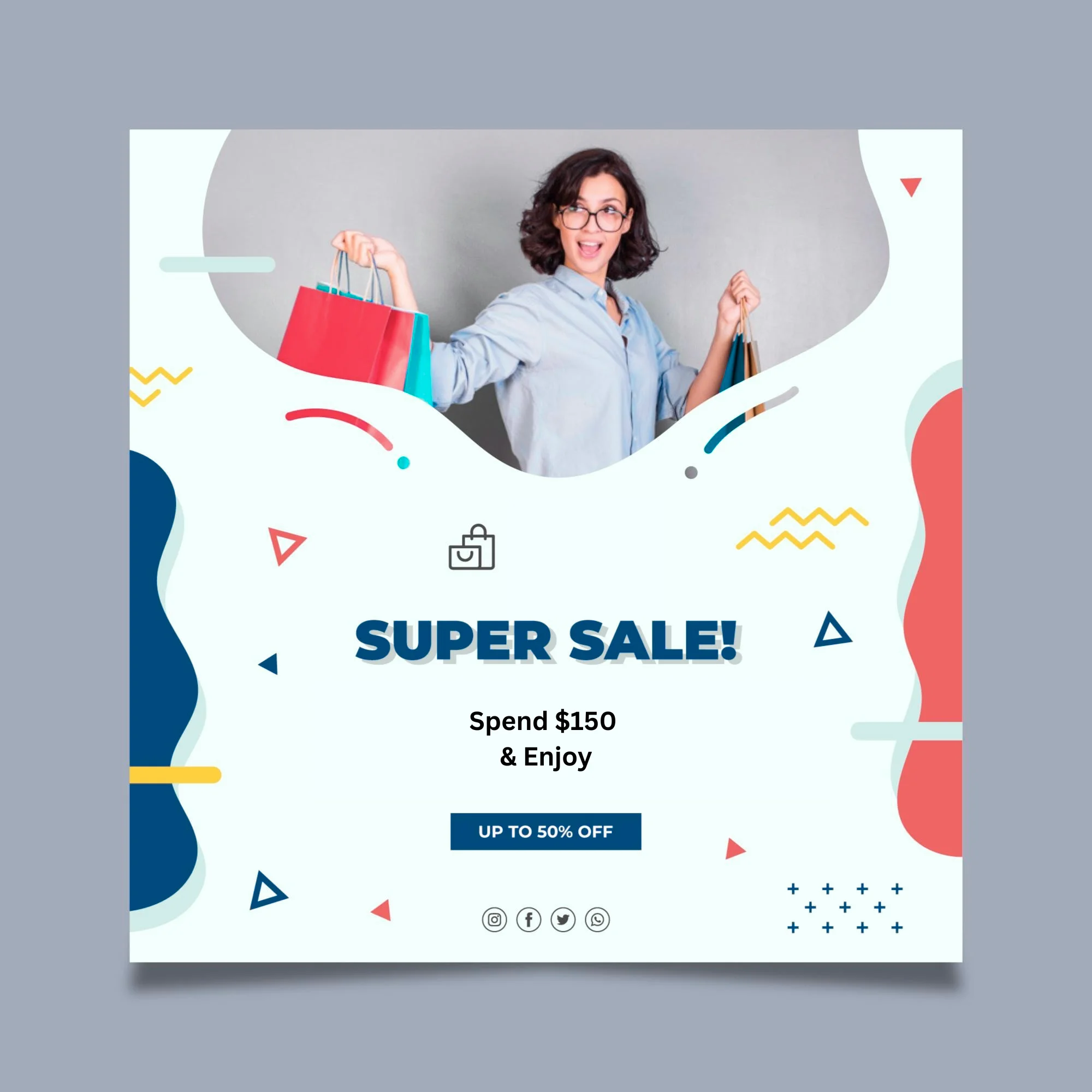
It’s not just about emails. You can also send loyalty points, special offers, or small bonuses to make them feel appreciated.
The goal is simple: make sure they don’t forget your store, help them get value from their purchase, and give them a reason to buy again.
Why Post Purchase Marketing Matters for eCommerce in 2025
Focusing on what happens after a sale directly impacts your revenue and growth. Post purchase marketing helps you get more value from existing customers without spending more on ads.
Here’s why it matters:
- Improves Customer Lifetime Value (CLTV) – Sending follow-ups, personalized offers, or product recommendations encourages customers to make repeat purchases, increasing their total spend over time.
- Reduces churn rate – Engaging with customers after purchase keeps them connected to your brand, lowering the chance they’ll buy from competitors instead.
- Increases average order value (AOV) – Offering complementary products, bundles, or discounts right after a purchase motivates customers to add more to their cart.
- Boosts word-of-mouth marketing – Delivering value post purchase, like helpful guides or surprise offers, makes customers more likely to recommend your store to others.
- Builds trust and loyalty – Consistently providing support, resources, or rewards after a purchase signals that you care about the customer experience, encouraging long-term loyalty.
Now that you see the direct benefits, let’s move on to how to put post purchase marketing into action for your store.
7 Amazing Post Purchase Marketing Tips to Build Loyal Customers
Once someone completes a purchase, that’s your moment to get them coming back and spending more. The right post purchase discounts make it easy for you and obvious for them.
Let’s go through some strategies that you can implement right away.
1. Offer a Bundle with a Discount
This works really well for consumables or fast-moving products such as skincare, protein powders, coffee pods, or even printer ink. These are things people use regularly, so they’re likely to grab a bigger pack if the price is right.
Let’s start with a simple one: if someone buys a single product, offer a bundle of 3–5 at a discounted price. It’s straightforward, and it works because they’re already interested in that item.
For example, if a customer just buys a skincare serum, you can show a bundle of 5 serums at 15% off. They see the value immediately and are more likely to buy.
On the flip side, don’t try this with electronics, furniture, or high-ticket items. A bundle of laptops or luxury watches doesn’t make sense, and it could even confuse your buyers.
Must read: 14 Proven Product Bundling Examples to Boost AOV [2025]
2. Suggest Complementary Product Upsells
Another one that works every time: show products that naturally go with what they just bought. The key is relevance; it’s not a random post purchase upsell.
This is perfect for items with accessories or add-ons. With cameras, suggest a lens or tripod, with laptops, add a mouse or keyboard, with shoes, suggest socks or insoles fit right in.
Let’s say someone buys a DSLR camera. Right after checkout or in a follow-up email, show a tripod or lens cleaning kit at 10% off.
That small nudge can easily turn into an extra sale.
Avoid suggesting unrelated products. If a camera buyer suddenly sees a blender on their post purchase page, it’s confusing and annoying at the same time.
To learn more, read this guide- 7 Frequently Bought Together Examples for Your WooCommerce Store [2025]
3. Create Conditional Offers Based on Cart Value
Here’s something that quietly pushes customers to spend more—conditional offers.
The idea is simple: when someone’s cart hits a certain value, they get a reward.
Let’s say a customer just spent $60. You can trigger a special discount like “Get 10% off your next order when you spend over $75.”
This makes them feel rewarded while encouraging that next purchase.
Check out Dynamic Discount for WooCommerce to implement this in the easiest way possible.
Watch this video-
It’s great for stores selling fashion, home decor, or beauty products anything where people usually buy multiple items. It gently nudges them to add one more thing to their next cart.
This approach won’t work for single-purchase, high-value products like furniture or electronics because customers aren’t likely to come back soon to meet another threshold. Keep it for mid-range, repeat-friendly products.
4. Offer Time-Specific Post Purchase Discounts
Timing makes or breaks post purchase offers. If you want customers to act fast, give them a limited-time deal right after they buy.
Here’s how it works: a customer buys a pair of shoes. A follow-up email says, “You’ve got 48 hours to grab matching socks at 20% off.” That urgency gives them a reason to return quickly and keeps your store top of mind.
This strategy works best for trendy or seasonal products like clothing, accessories, or beauty items, where people often shop in short cycles. Just make sure your offer triggers the customer’s impulse purchase mood.
Here’s a helpful guide- How to Activate Impulse Purchase in Your eCommerce Store [2025]
But don’t use this for long-decision-cycle products, like electronics or appliances. Customers won’t buy again that soon, so the urgency loses its effect.
5. Add a “Cheapest Product in the Cart” Discount
Here’s a fun one that feels rewarding without eating too much into your profit: offer a discount on the cheapest item in their cart during their next purchase.
It makes customers feel like they’re getting an exclusive deal while encouraging them to add more to their cart.
This approach works really well for fashion, stationery, or beauty products where people tend to mix and match multiple items.
Imagine a customer buys a summer dress for $45 and a matching scarf for $15. On their next purchase, you offer them a discount on the cheaper item, such as “Get the cheapest item in your cart 50% off.” This encourages them to add a second accessory, like a belt or a pair of sandals, to maximize the discount. They feel like they’re getting a deal, and you increase the average order value naturally.
This one doesn’t make much sense for stores selling single-item purchases like tech gadgets or premium jewelry because customers don’t usually buy multiple items at once.
6. Reward Loyal Shoppers with Customer-Based Discounts
You don’t always need a fancy loyalty program to make customers feel valued. Sometimes, a simple thank-you discount for returning buyers can go a long way.
The goal here is to make your existing customers feel recognized. For example, once someone makes their third purchase, you can automatically offer them 15% off their next order. It’s small, but it shows appreciation and that emotional connection keeps people coming back.
This works best for fashion, lifestyle, and beauty stores where customers buy regularly and like feeling rewarded for their loyalty.
But it’s not ideal for one-time purchase stores like mattress or furniture sellers because repeat purchases are rare. Instead, those stores should focus on referral or warranty-based incentives.
7. Clear Old Stock with Post Purchase Offers
This one hits two goals at once:
- increasing repeat sales
- and clearing out old inventory
After a customer completes a purchase, show them a limited-time discount on products you want to move fast.
It’s a great way to re-engage buyers and reduce storage costs. This works especially well for fashion, accessories, or seasonal products where inventory turnover matters.
Here’s how: after someone buys a jacket, offer 25% off on last season’s scarves or hats for 48 hours.
TK Maxx frequently employs post-purchase offers to clear out old inventory. They often provide significant discounts on previous season’s items, encouraging customers to purchase additional products at a reduced price.
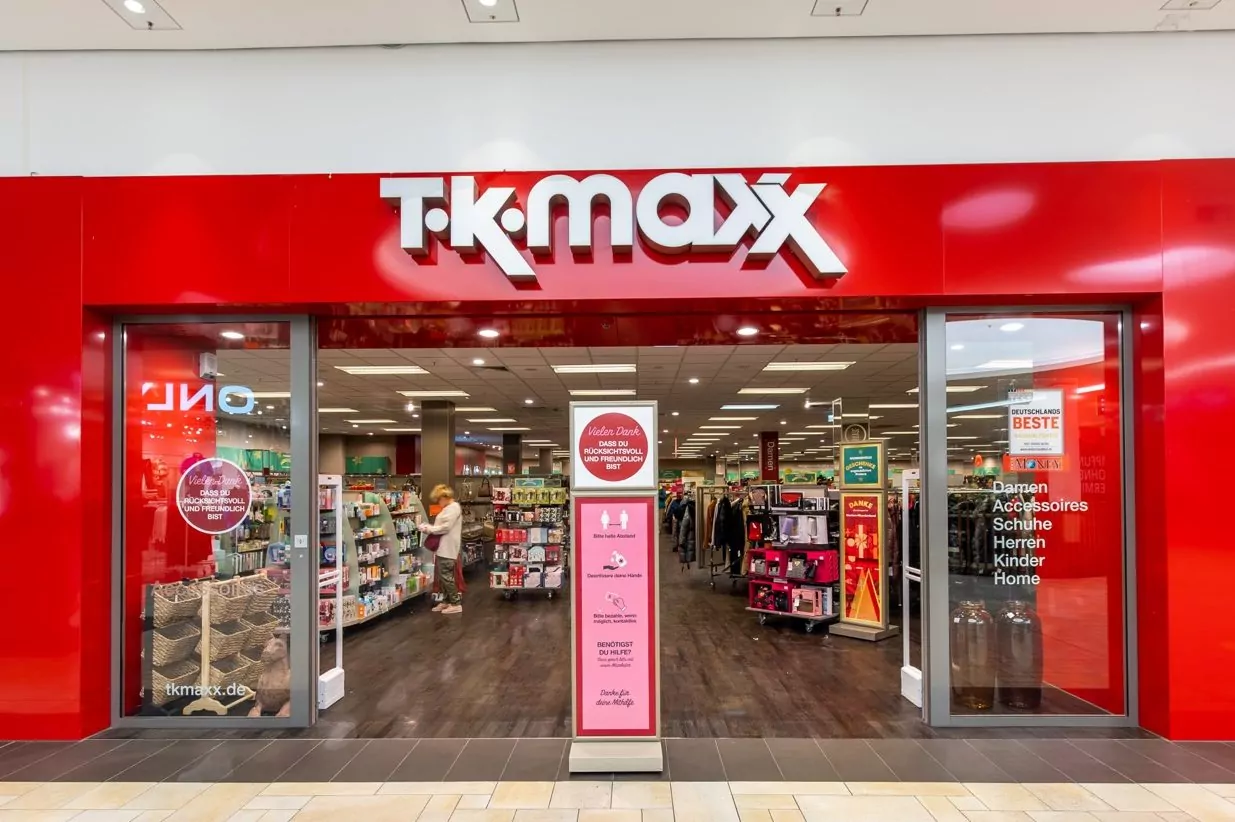
Avoid this for stores where every product is made-to-order or custom-built. In those cases, focus on add-on or referral incentives instead of stock clearance.
Common Mistakes to Avoid in Post Purchase Marketing
You’ve seen how effective post purchase strategies can be when done right.
Now, let’s make sure you don’t accidentally undo all that good work. Here are some common pitfalls to watch out for:
- Overloading buyers with too many emails- Sending five follow-ups in a day will annoy customers instead of engaging them. Keep it paced and meaningful.
- Sending generic “thanks for buying” messages- A plain, impersonal email doesn’t create connection. Personalize with the customer’s name, product details, or a small offer.
- Ignoring customer feedback- When someone leaves a review or a suggestion, respond. Ignoring it signals you don’t care about their experience.
- Forgetting to follow up after delivery- Delivery is when customers form opinions about your brand. Missing this step is a missed chance to reinforce trust or suggest complementary products.
- Offering irrelevant upsells- Upselling works only when it’s relevant. Random product pushes can confuse buyers and lower trust.
Remember: your goal is to build trust, not spam their inbox.
Focus on adding value at each step, and your customers will naturally come back for more.
The Secret to Happy Customers Is What Happens After the Sale
Now you can see how post purchase marketing isn’t just about sending a thank-you email. It’s a real opportunity to increase revenue, build loyalty, and create advocates for your brand. Every interaction after the sale, whether it’s a smart discount, helpful guide, or personalized offer—adds value and keeps customers coming back.
Start small. Pick one post purchase strategy, set it up, and see how your customers respond. Once you notice results, you can layer on more tactics and refine your approach.
When you make customers feel valued after they’ve paid, they’ll keep coming back and bring others with them.
FAQs
1. What does post purchase mean?
Post purchase refers to everything that happens after a customer completes a purchase. It includes interactions, communications, and strategies aimed at keeping them satisfied and engaged. The goal is to build loyalty and encourage repeat sales.
2. What are the 5 P’s of marketing strategy?
The 5 P’s are Product, Price, Place, Promotion, and People. They guide how you position, sell, and communicate your product to the right audience. Focusing on all five ensures a balanced and effective marketing approach.
3. What is post purchase behaviour?
Post purchase behaviour is how customers act after buying a product. It includes satisfaction levels, repeat purchases, reviews, referrals, and engagement with follow-up offers. Understanding this helps improve customer retention and experience.
4. What is post purchase marketing strategy?
A post purchase marketing strategy is a plan for engaging customers after they buy. It uses emails, offers, guides, and personalized recommendations to increase loyalty and sales. The focus is on turning one-time buyers into repeat customers.
5. What is an example of a post purchase behavior?
An example is a customer writing a review after receiving a product. Other behaviors include using an included guide, redeeming a discount on a next purchase, or sharing the product with friends. These actions indicate satisfaction and engagement.
![Post Purchase Marketing: Definition With 7 Amazing Tips [2025]](https://rextheme.com/wp-content/uploads/2025/10/Post-purchase-marketing.webp)
